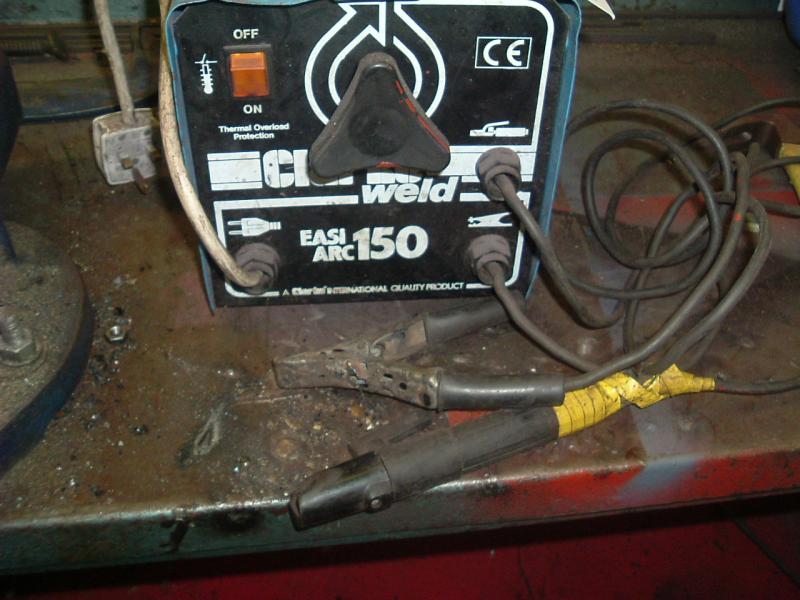Had a guy in today at work to do the annual PAT on all the equipment. I was asked to get it all together for him and while doing so noticed a few things we rarely use that I thought would be definite failures.
For example, 2 halogen site sets which didn't have lamps in them and didn't have the retaining screw in the lens's. A fast heat soldering iron which was loose in the casing, (the type that looks like a little water pistiol), and a solder pot with a damaged socket where the cable plugs in.
Finally a small 240v welding set,
After he had gone I was asked to put all the 'passed' equipment away and the failed stuff to one side for possible repair/replacement.
There were no failures!
He had passed everything!
Would you use any of the above equipment? I certainly won't and have advised the boss to scrap them off and get replacements. His answer was, "Well they've been passed off as safe so I don't see the problem."
He is not electrically minded by the way.
Any opinions welcomed, though I don't need them, just curious.
For example, 2 halogen site sets which didn't have lamps in them and didn't have the retaining screw in the lens's. A fast heat soldering iron which was loose in the casing, (the type that looks like a little water pistiol), and a solder pot with a damaged socket where the cable plugs in.
Finally a small 240v welding set,
After he had gone I was asked to put all the 'passed' equipment away and the failed stuff to one side for possible repair/replacement.
There were no failures!
He had passed everything!
Would you use any of the above equipment? I certainly won't and have advised the boss to scrap them off and get replacements. His answer was, "Well they've been passed off as safe so I don't see the problem."
He is not electrically minded by the way.
Any opinions welcomed, though I don't need them, just curious.



